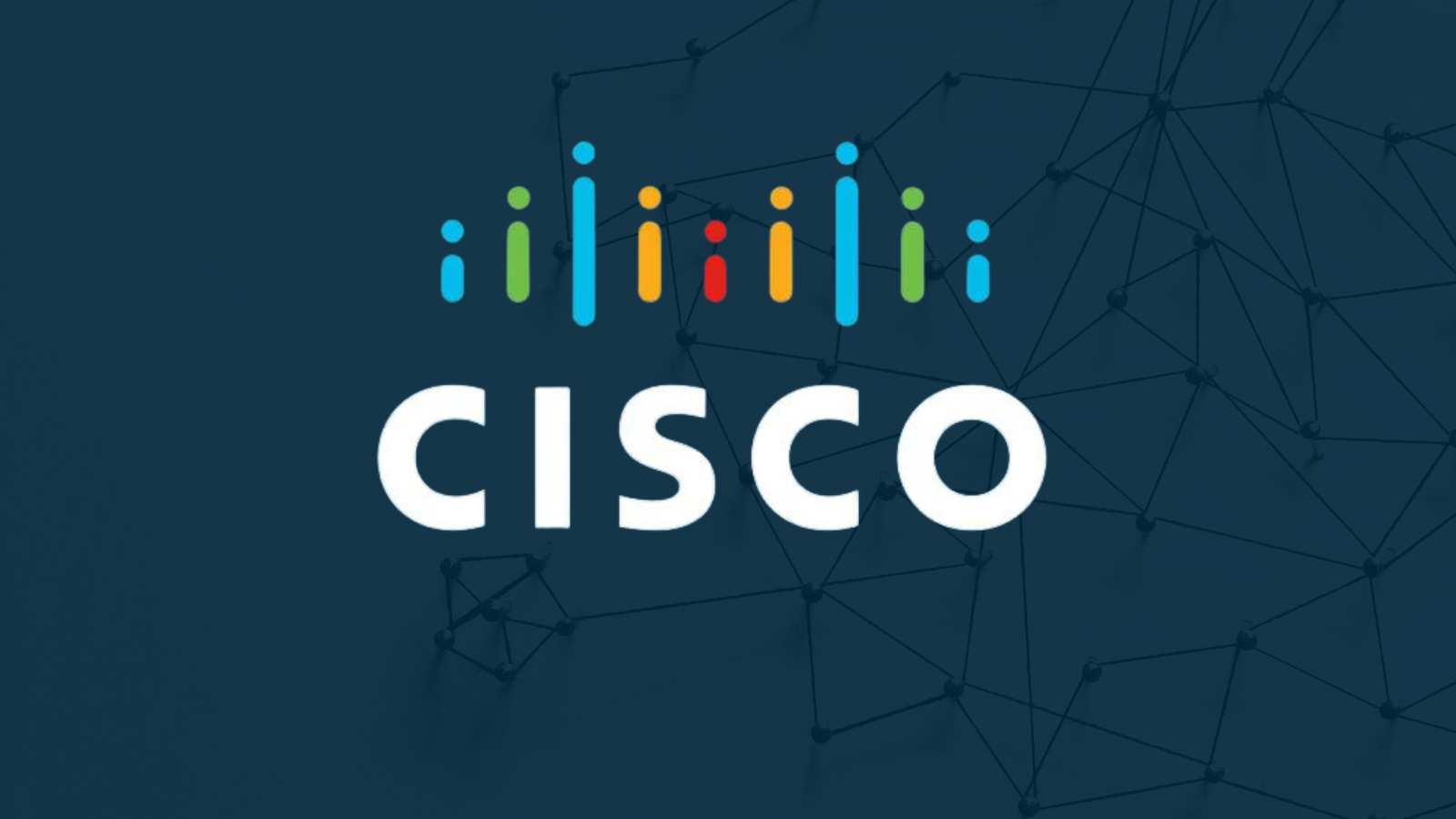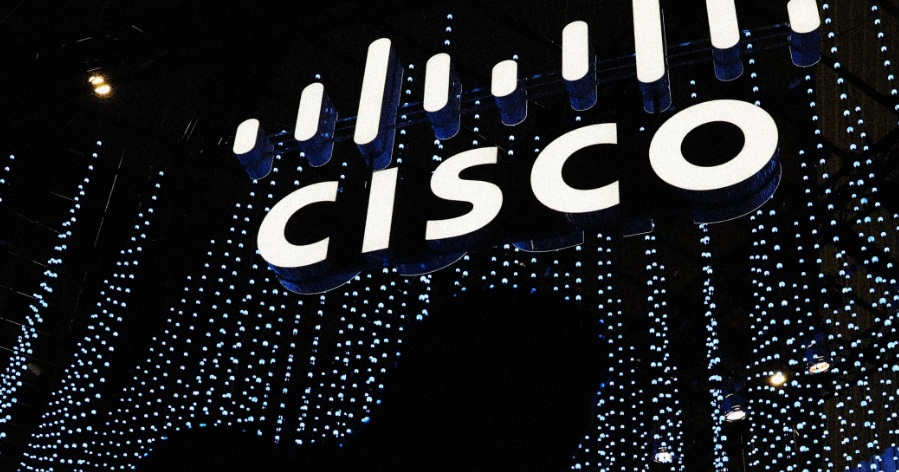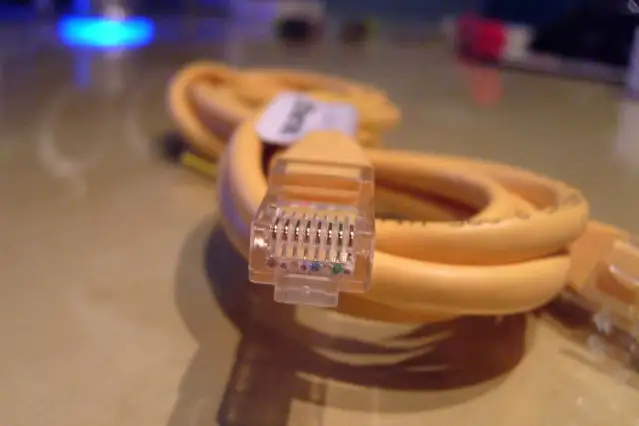
Cisco recently fixed a high-severity vulnerability in Cisco IOS Software for Catalyst 6000 Series Switches, which could lead to a denial of service (DoS). This high-severity vulnerability, which has a base score of 7.4 and is tracked as CVE-2024-20276, is triggered by improper handling of process-switched traffic.
Cisco IOS (Internetwork Operating System) is a set of proprietary operating systems (OSes) that run on Cisco Systems hardware, such as routers, switches, and other network devices.
Cisco IOS comprises essential functionalities such as interface configuration, network management and monitoring, routing, security, switching, and quality of service (QoS).
Details Of The Cisco IOS Vulnerability This Cisco IOS Software flaw for Cisco Catalyst 6000 Series switches could allow an unauthenticated, local attacker to force an unexpected reload on a vulnerable device.
The vulnerability stems from the improper handling of process-switched traffic.
An attacker may take advantage of this flaw by directing malicious traffic to a vulnerable device.
If the exploit is effective, the attacker could trigger a denial of service (DoS) issue by forcing the compromised device to reload.
“An attacker could exploit this vulnerability by sending crafted traffic to an affected device. A successful exploit could allow the attacker to cause the affected device to reload, resulting in a denial of service (DoS) condition”, Cisco said in its advisory.
Affected Products
Suppose any of the following Cisco products are running a vulnerable version of the Cisco IOS software and have activated port security, device classifier, or authentication, authorization, and accounting (AAA). In that case, they are susceptible to this vulnerability:
Catalyst 6500 Series Switches with Supervisor Engine 2T or 6T
Catalyst 6800 Series Switches with Supervisor Engine 2T or 6T
Use the show running-config | include interface|port-security command to find out if a device has port security setup.
This vulnerability affects a device if port security is enabled on an interface.
Use the show running-config | include device classifier command to see if a device has device classifier configured.
The device is susceptible to this vulnerability if the command returns output.
Use the show running-config | include system-auth-control|interface|port-control|mab command to find out if a device is configured with AAA.
This vulnerability affects a device if AAA is enabled on the interface.
Products Not Vulnerable
The following Cisco products are unaffected by this issue, according to Cisco
IOS XE Software
IOS XR Software
Meraki products
NX-OS Software
Cisco has verified that the following Cisco IOS platforms are unaffected by this vulnerability:
Catalyst 1000 Series Switches
Catalyst 2000 Series Switches
Catalyst 3000 Series Switches
Catalyst 4000 Series Switches
Catalyst 9000 Series Switches
There are no workarounds to address this vulnerability. Users are encouraged to upgrade to the appropriate fixed software release to mitigate the risk posed by this vulnerability.
Cisco has made these updates free for customers with service contracts, accessible through their usual update channels.
For customers without service contracts, upgrades can be obtained by contacting the Cisco Technical Assistance Center (TAC), with the product serial number and the URL of the advisory as evidence of entitlement to a free upgrade.
Cisco IOS (Internetwork Operating System) is a set of proprietary operating systems (OSes) that run on Cisco Systems hardware, such as routers, switches, and other network devices.
Cisco IOS comprises essential functionalities such as interface configuration, network management and monitoring, routing, security, switching, and quality of service (QoS).
Details Of The Cisco IOS Vulnerability This Cisco IOS Software flaw for Cisco Catalyst 6000 Series switches could allow an unauthenticated, local attacker to force an unexpected reload on a vulnerable device.
The vulnerability stems from the improper handling of process-switched traffic.
An attacker may take advantage of this flaw by directing malicious traffic to a vulnerable device.
If the exploit is effective, the attacker could trigger a denial of service (DoS) issue by forcing the compromised device to reload.
“An attacker could exploit this vulnerability by sending crafted traffic to an affected device. A successful exploit could allow the attacker to cause the affected device to reload, resulting in a denial of service (DoS) condition”, Cisco said in its advisory.
Affected Products
Suppose any of the following Cisco products are running a vulnerable version of the Cisco IOS software and have activated port security, device classifier, or authentication, authorization, and accounting (AAA). In that case, they are susceptible to this vulnerability:
Catalyst 6500 Series Switches with Supervisor Engine 2T or 6T
Catalyst 6800 Series Switches with Supervisor Engine 2T or 6T
Use the show running-config | include interface|port-security command to find out if a device has port security setup.
This vulnerability affects a device if port security is enabled on an interface.
Use the show running-config | include device classifier command to see if a device has device classifier configured.
The device is susceptible to this vulnerability if the command returns output.
Use the show running-config | include system-auth-control|interface|port-control|mab command to find out if a device is configured with AAA.
This vulnerability affects a device if AAA is enabled on the interface.
Products Not Vulnerable
The following Cisco products are unaffected by this issue, according to Cisco
IOS XE Software
IOS XR Software
Meraki products
NX-OS Software
Cisco has verified that the following Cisco IOS platforms are unaffected by this vulnerability:
Catalyst 1000 Series Switches
Catalyst 2000 Series Switches
Catalyst 3000 Series Switches
Catalyst 4000 Series Switches
Catalyst 9000 Series Switches
There are no workarounds to address this vulnerability. Users are encouraged to upgrade to the appropriate fixed software release to mitigate the risk posed by this vulnerability.
Cisco has made these updates free for customers with service contracts, accessible through their usual update channels.
For customers without service contracts, upgrades can be obtained by contacting the Cisco Technical Assistance Center (TAC), with the product serial number and the URL of the advisory as evidence of entitlement to a free upgrade.






